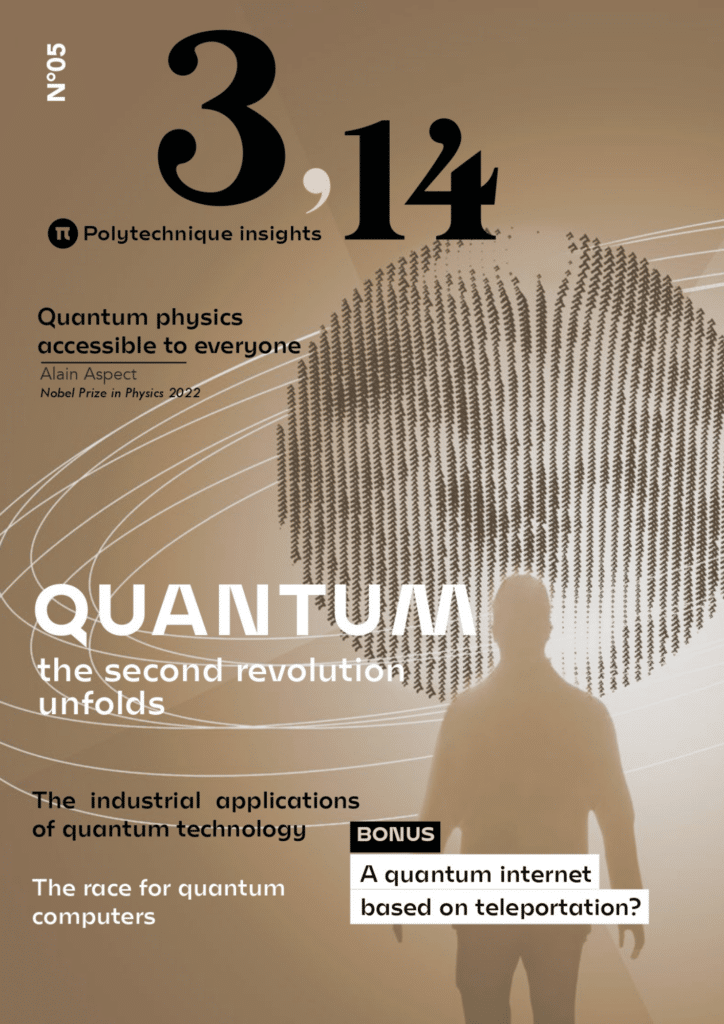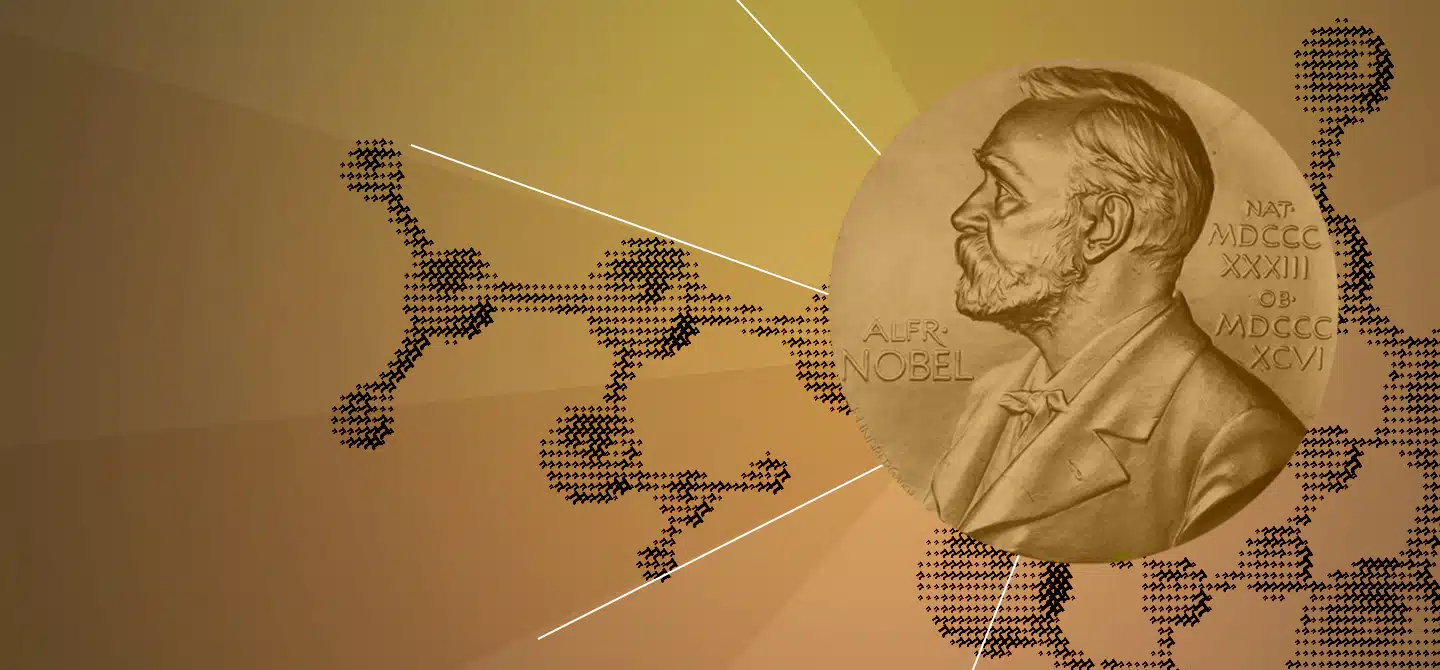This article is part of our special issue « Quantum: the second revolution unfolds ». Read it here
Quantum physics explains the behaviour and interactions between particles, as well as the force fields that drive them. Born over a century ago, it is probably also the least intuitive of all the theories available to scientists to describe and understand the world.
In the universe of the infinitesimal, the most obvious concepts of our everyday experience are shattered. A particle, for example, has both particle and wave properties. Its location is not determined by a precise position but by a “cloud of probabilities” that makes it exist almost everywhere at once, with greater or lesser chances of finding it if we finally try to observe it.
What’s more, the very concept of measurement takes on a completely different meaning. In the quantum world, we cannot measure a property of a particle with infinite precision. Worse still, according to the principle of communicating vessels, the more precise we are about certain properties (its position, for example), the less precise we will be about others (its energy, for example). And these limitations do not come from our measuring instruments: on the contrary, they are fundamentally inscribed in the rules that govern the world of the infinitesimal.
Quantum mechanics also describes the exchange of energy between particles.
Finally, and this is what gives it its name, quantum mechanics also describes the exchange of energy between particles. And unlike our classical macroscopic world, where the energy of a tennis ball or a car can take on any value, an electron in an atom can only emit or absorb precisely determined quantities of energy. Each “packet” of energy that the electron absorbs or emits is called a “quantum” of energy (hence the name “quantum” physics). These exchanges take place in successive bursts, rather than continuously as we are used to on our own scale.
All these strange rules lead to situations that may seem paradoxical, such as the fact that a quantum object can exist in several states simultaneously, or that two so-called “entangled” particles are so fundamentally linked that if you make a change to one, the other will instantly suffer the consequences, regardless of the distance separating them.
Quantum physics in everyday life
These bizarre situations are observed every day in research laboratories around the world. And, far beyond the doors of research institutes, these phenomena are used to operate the many devices we use every day.
One of the most astonishing discoveries of quantum physics is the famous “wave-particle duality”. In the 19th century, numerous experiments had shown the wave-like nature of light, but it was not until 1905 that Albert Einstein demonstrated a so-called “photoelectric” effect, which proved that light could strike electrons and eject them like bocce balls. It was not until 20 years later that the French physicist Louis de Broglie realised that, far from being a problem, light (and any material particle) behaves like both a wave and a particle. This discovery led to a number of everyday applications, such as photovoltaic panels and the CCD sensors in our cameras.
Similarly, the quantification of energy exchanges between electrons in matter has led to several fundamental innovations without which modern technology would not exist.

Let’s start with the laser, which is used in CD players, in industry to cut materials, in astronomy to measure the distance between the Earth and the Moon, in medicine to cut or cauterise tissue, in supermarkets to read barcodes, in laser printers and in optical fibres to communicate from one continent to another.
This very special light, made up of identical photons (the name given to the particles of light), is produced by forcing the atoms to all emit the same quanta of energy. The result is a special kind of light that we would be hard pressed to do without today.
Another application of quantum theory is nothing less than… all modern electronics! This technology, found in our mobile phones, watches, vehicles, computers, medical devices (pacemakers, bathroom scales, blood pressure monitors, cardiac defibrillators) and an infinite number of other everyday applications, works thanks to an understanding of the behaviour of electrons in a category of materials called “semiconductors” – i.e. materials that are naturally insulating but can easily become conductive if a small electrical voltage is applied to them. This property, which allows the passage (or not) of an electric current to be controlled at will, is used to build the diodes and transistors that are the basic building blocks of all electronics.
And when you mix controlled light emission and semiconductors, you build LEDs (light-emitting diodes), which are currently replacing a large proportion of the old, much more energy-consuming light bulbs.
Quantum physics and natural phenomena
Quantum mechanics is all around us: in the technological applications we have developed, but also in all the natural phenomena that surround us and that we cannot understand without using quantum theory.
If the Sun shines, it’s because of the nuclear fusion that takes place in its core, which in turn is made possible by another quantum quirk: the tunnel effect, which allows particles to ‘jump’ potential barriers that would otherwise be impassable in the classical world. As for the blue of the sky, this is due to the way in which sunlight interacts with the molecules in the Earth’s atmosphere.
Even photosynthesis (the process by which plants transform the energy they receive from the Sun into organic matter, which is then absorbed by herbivores which are in turn consumed by carnivores) is suspected, in the most recent research, of owing its existence to quantum phenomena, the mystery of which biology has yet to unravel.
Quantum physics has revolutionised the way humans understand and shape the world. But since the end of the twentieth century, a “second quantum revolution” has been underway, in which the most fundamental processes of quantum mechanics are being exploited to take our technologies to a new level.









